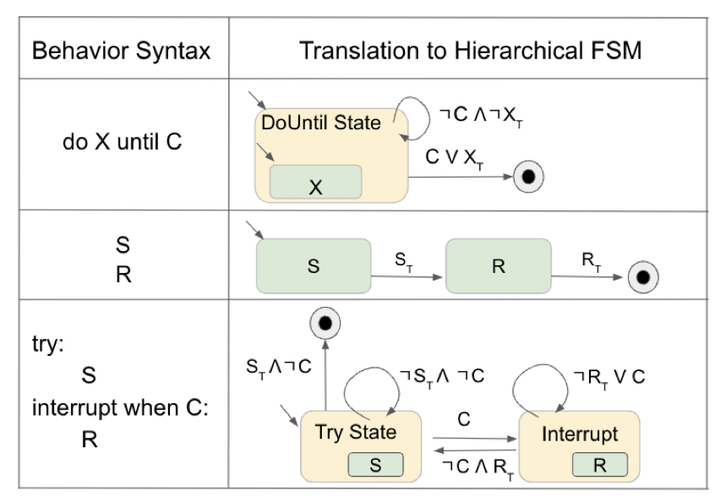
Abstract
Simulation-based testing has become a crucial complement to road testing for ensuring the safety of cyber-physical systems (CPS). As a result, significant research efforts have been directed toward identifying failure scenarios within simulation environments. However, a critical question remains. Are the AV failure scenarios discovered in simulation relevant to real-world systems—specifically, are they reproducible on actual systems? The sim-to-real gap caused by differences between simulated and real sensor data means that failure scenarios identified in simulation might either be artifacts of synthetic sensor data or actual issues that also occur with real sensor data. To address this, an effective approach to validating simulated failure scenarios is to locate occurrences of these scenarios within real-world datasets and verify whether the failure persists on the datasets. To this end, we introduce a formal definition of how labeled time series sensor data can match an abstract scenario, represented as a scenario program using the SCENIC probabilistic programming language. We present a querying algorithm that, given a scenario program and a labeled dataset, identifies the subset of data that matches the specified scenario. Our experiment shows that our algorithm is more accurate and orders of magnitude faster in querying scenarios than the state-of-the-art commercial vision large language models, and can scale with the duration of queried time series data.